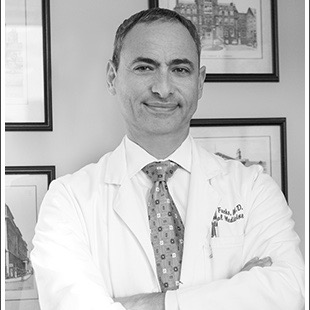I haven’t written about measles in over two years, but unfortunately it’s in the news again.
Measles is a very contagious viral illness that causes a high fever, rash, cough, and a runny nose. Complications include pneumonia, brain inflammation and death. Prior to 1963 there were hundreds of thousands of measles cases in the US annually, causing hundreds of deaths. In 1963 the measles vaccine was introduced, leading to an immediate decrease of measles cases in this country.
In 2000 measles was declared eliminated from the US. That means that for at least 12 months there was no person-to-person transmission of measles in the US, and any cases in the US were acquired by travelers abroad. But since then, instead of progressive global elimination of measles, we’ve had several setbacks.
” target=”_blank”>58 confirmed measles cases in California, including ” target=”_blank”>a scurrilous and fraudulent campaign to link vaccines with autism (a link that has been debunked repeatedly) and you have the perfect milieu for reversing decades of life-saving progress.
These numbers have much to teach about how vaccines work and how they don’t work.
First, though most of this year’s measles cases were unvaccinated, a minority of the cases were people who had documented vaccinations. That means thatvaccines, like any other preventive medicines, aren’t perfect. Some vaccinated people will not develop protective immunity and will remain susceptible. In addition, some kids can’t be vaccinated for medical reasons. That means that even in an ideal world in which everyone who can be vaccinated is vaccinated, a small fraction of the population remains susceptible to infection.
So how was transmission ever eliminated?
It’s the number of susceptible people, or rather their fraction of the population, that matters. Below some critical number, each susceptible person comes into contact with people who are all immune, making person-to-person transmission very unlikely. But above that critical threshold there are enough susceptible people to sustain a chain reaction of infection.
The scary conclusion is that I can’t be sure I’ve protected myself by being vaccinated. I’m protected when most people around me are vaccinated, and I contribute to their protection by being vaccinated myself. If parents’ refusal to vaccinate their kids only endangered them, we might only raise our eyebrows in disapproval. But their refusal endangers our kids too.
Learn more:
” target=”_blank”>Wealthy L.A. Schools’ Vaccination Rates Are as Low as South Sudan’s(The Atlantic)
” target=”_blank”>Measles (Centers for Disease Control and Prevention)
” target=”_blank”>Measles Cases in 2011 Highest in Fifteen Years (2012)
” target=”_blank”>U.S. Measles Cases at Highest Numbers Since 2001 (2008)























 More news and opinions than at a Shabbat dinner, right in your inbox.
More news and opinions than at a Shabbat dinner, right in your inbox.